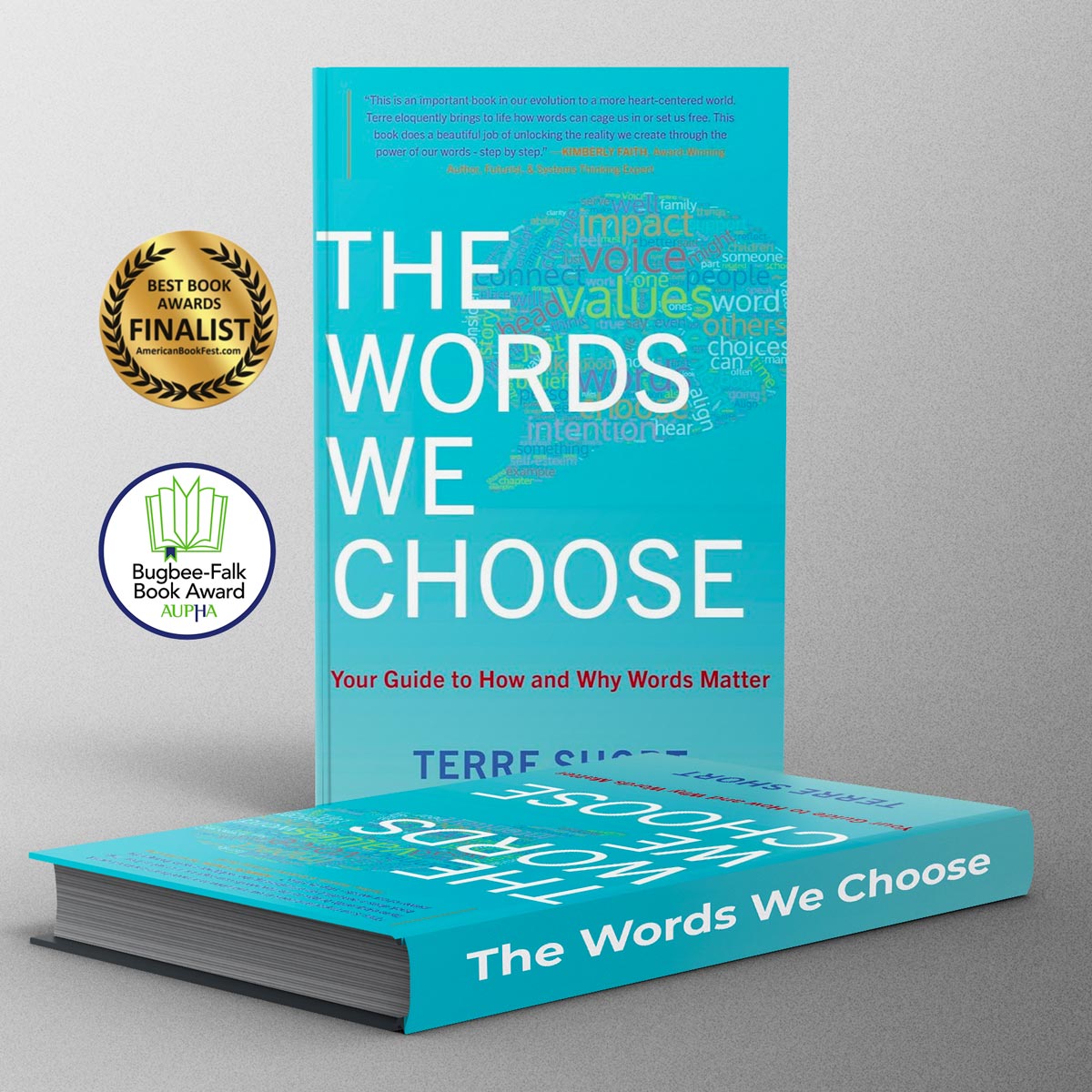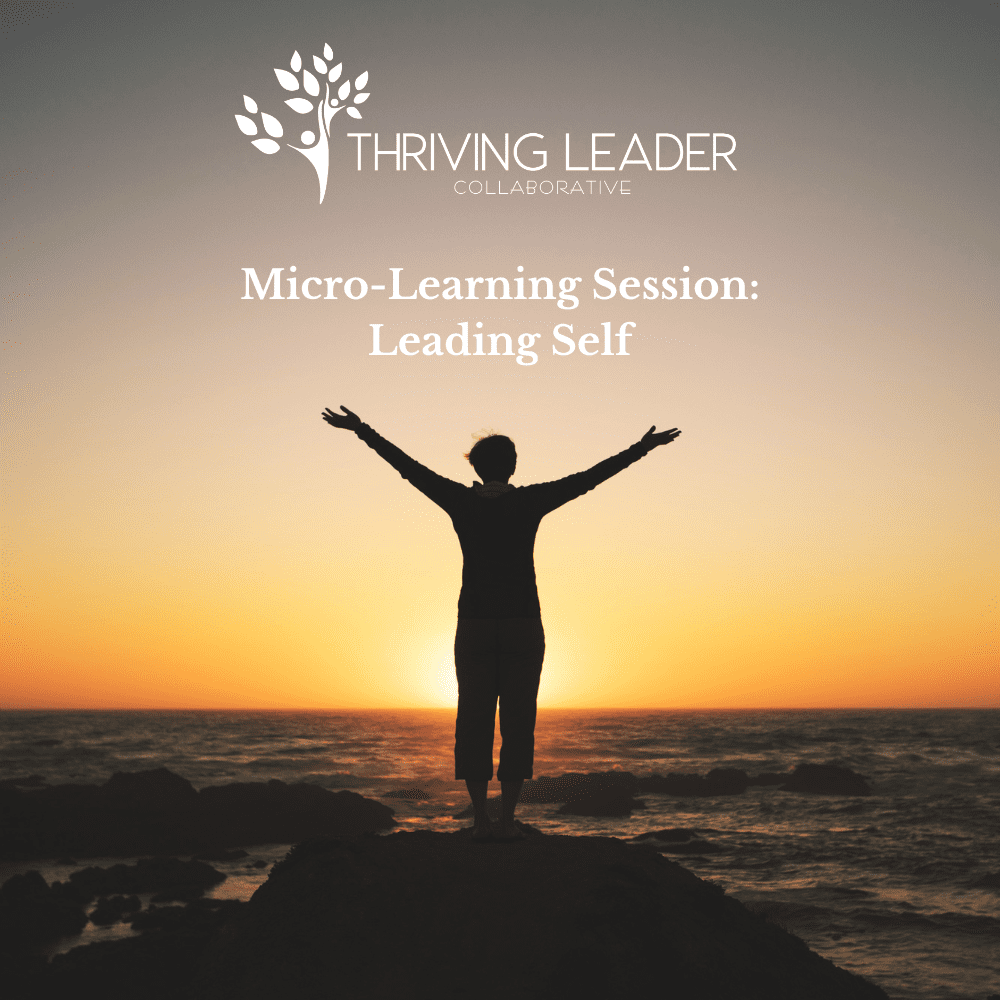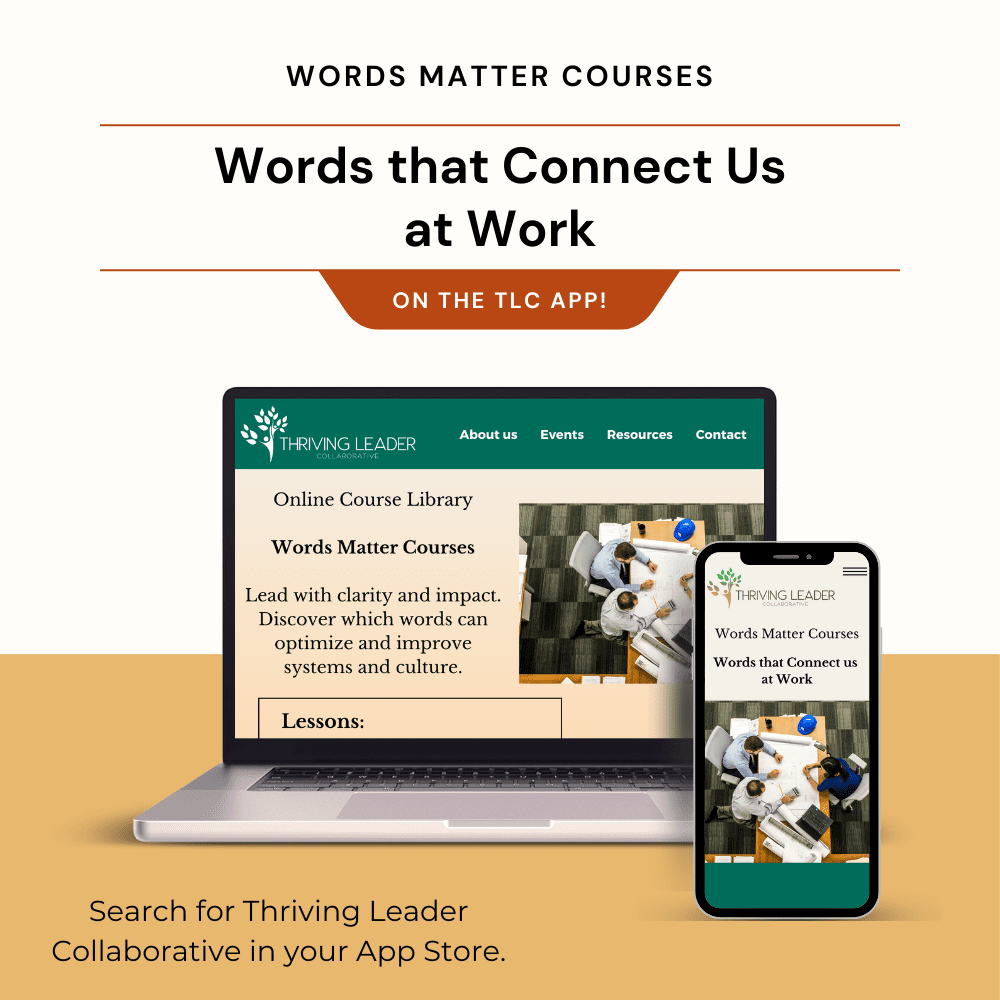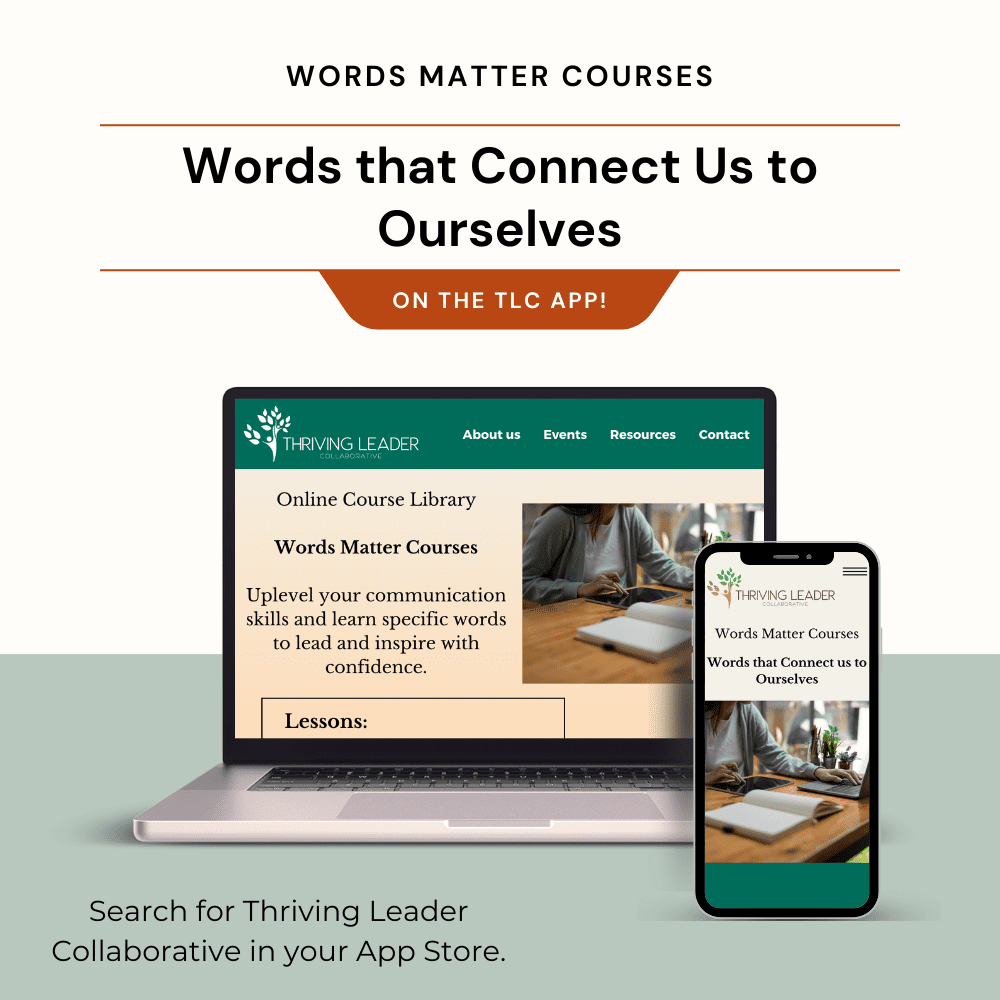Does life happen to you, or do you proactively integrate important aspects of your life? Most of us are likely taking stock of what went as planned in the past year and what we desire to plan differently next year. This might include time spent with friends, number of workouts completed in a week, how often your yoga mat supports you. On my list is daily meditation and routine points of reflection that keep me grounded and centered, which leads to more focus and productivity. What if you chose to start the New Year off with a calendar foundation that resembled this picture? What would be different for you?
In researching work-life balance (WLB) , I found several articles before 2020 that highlighted how flexibility and remote work options were key to employees feeling a sense of balance. The ability to juggle appointments and the needs of children and elders were prominent drivers. As expected, there were articles that tied employee engagement and retention to WLB. Everything changed in 2020, or did it?
We all began working remotely and seemingly enjoyed more flexibility. However, with this shift came new ways to create imbalance. Many clients I coach have struggled to set boundaries at home for when they are working and when they are not available to their team(s). We are not seeing or reading about a surge in people feeling balanced. Instead, we are experiencing a surge in resignations.
Last week, The Wall Street Journal printed an article that outlined how employers are creating new ways of working to alleviate stress and reduce resignations. (Smith, 2021) They cite statistics that amount to workers reporting burnout and stress is up 55% over six months prior. The article explores the uptick in work hours over this past decade as well as how technologies such as Slack, Microsoft Teams, and even email influence how we spend our time. The article profiles companies testing four-day work weeks and asynchronous work, meaning working during hours of the day when one feels most productive.
In the past two years, there have been several articles debunking the idea that work-life balance is possible and suggesting a focus on the integration of work in one’s life. Inc., Fast Company and Harvard Business Review (HBR) have all given this topic great coverage. In 2014, Stewart Friedman authored a HBR article with interesting insight into which skills are needed to integrate all parts of your life. (Friedman, 2014) He covers tactical ways to “be real, be whole, be innovative.” I believe Mr. Friedman is truly on to something. In the end, each of us determine what integration needs to be for our well-being. We decide exactly how much attention we desire to pay to work, play, friends, family, community, self, and spirituality.
It seems unrealistic for me to chase an expectation of balance that I have not clearly identified for myself. Who decides if Slack or meditation will fill my 7-7:30 AM daily time slot? I do. I also decide the amount of yoga or running I will complete in a week. If my work gets in the way of these goals, appropriate reflections may be:
- How well did I plan for these activities?
- How well did I block and protect the time I needed?
- What bumped these needs from my calendar? And…
- Was what I replaced this time with a bigger priority? And…
- If so, why?
- Could I have adjusted and moved my self-care time?
This is where I feel quite aligned with Mr. Friedman’s work. I recall his suggestion to keep values and expectations clear, enabling them to drive my accountability. When I outline my values, set up my calendar to reflect those values and hold myself accountable to executing on my own wellbeing plan, I stand a chance at combatting any competing priorities that may appear during the week.
Terre Short is a human potential developer who coaches, writes, speaks, and facilitates retreats to help leaders thrive by finding the joy in leading themselves and others. Learn more at Thriving Leader Collaborative and click here for your free weekly calendar sample.
References
Friedman, S. (2014, December 22). Work + Home + Community + Self. Harvard Business Review. Retrieved from Harvard Business Review: https://myhbp.org/leadingedge/public/distributions/e88167f4-cd25-40d1-a438-02322e543e81/assets/7fe15b74-949a-4608-8962-e2e2122fecc8
Smith, T.-P. C. (2021, December 22). Worker Burnout Challenges Bosses. The Wall Street Journal, p. 1 and 14.








